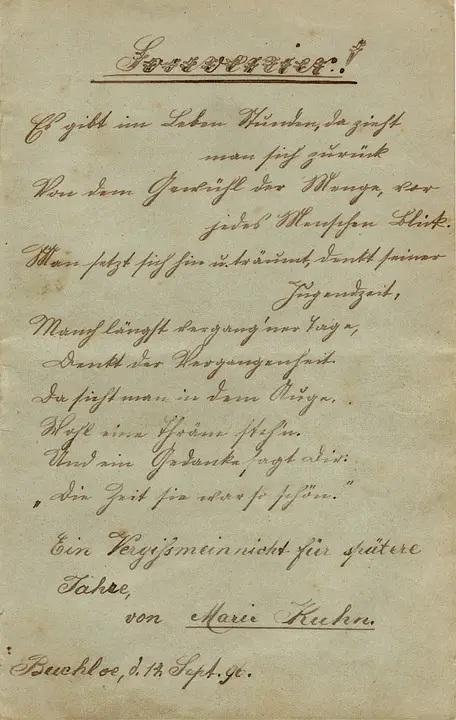JavaScript is a powerful programming language that is commonly used for web development. One of the key features of JavaScript is its array methods, which allow developers to manipulate arrays in various ways. One such method is the reduce function, which can be used to perform complex operations on arrays with ease.
The reduce function is a higher-order function that takes a callback function and an initial value as its arguments. It iterates over each element in the array, applying the callback function to the current element and the accumulator value. The result of each iteration is then passed to the next iteration as the accumulator value. The final result is returned after all elements in the array have been processed.
Using the reduce function can be a bit tricky at first, but mastering it can greatly enhance your JavaScript skills. Here is a guide to using the reduce function effectively:
1. Understand the parameters: The reduce function takes two parameters – a callback function and an initial value. The callback function itself takes four parameters – the accumulator, the current element, the current index, and the array being processed.
2. Use the initial value wisely: The initial value is optional, but it is recommended to provide one to avoid unexpected results. The initial value is used as the starting value for the accumulator. If no initial value is provided, the first element in the array is used as the initial value.
3. Write the callback function: The callback function should be written in a way that it can handle the accumulator and the current element appropriately. It should return the result of the operation to be passed to the next iteration.
4. Think about the operation you want to perform: Before using the reduce function, think about the operation you want to perform on the array. This will help you write the callback function more effectively.
5. Practice, practice, practice: Like any other programming skill, mastering the reduce function takes practice. Try using it in different scenarios to get a better understanding of how it works.
Here is an example of how the reduce function can be used to find the sum of all elements in an array:
“`
const numbers = [1, 2, 3, 4];
const sum = numbers.reduce((accumulator, currentValue) => accumulator + currentValue, 0);
console.log(sum); // Output: 10
“`
In this example, the reduce function iterates over each element in the numbers array and adds it to the accumulator. The initial value of the accumulator is set to 0, so the final result is the sum of all elements in the array.
In conclusion, mastering the reduce function in JavaScript can greatly enhance your programming skills. By understanding its parameters, writing the callback function effectively, and practicing using it in different scenarios, you can become proficient in using the reduce function to perform complex operations on arrays. So, start practicing and mastering the basics of the reduce function today!



